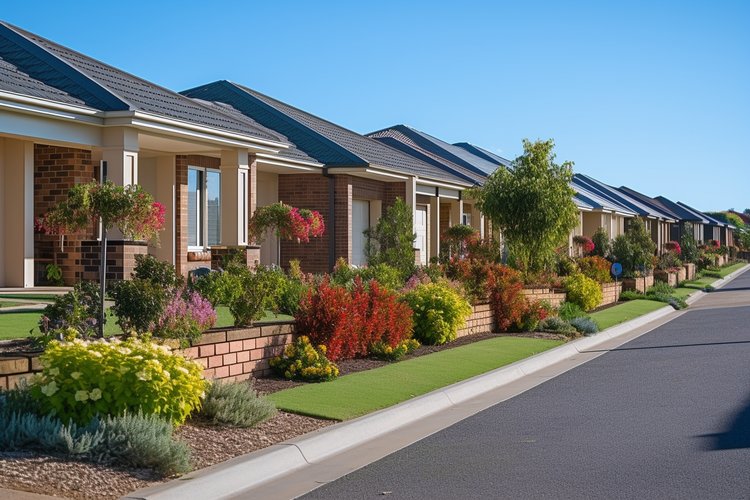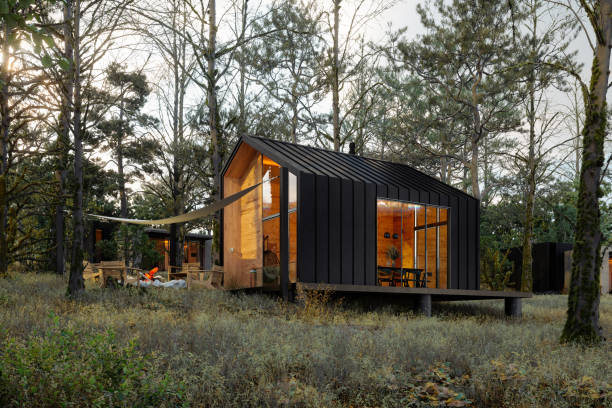Smart Upgrading: Maximizing Returns on Real Estate Investments
The real estate market, a traditional backbone of the economy, is a dynamic and complex field that offers a myriad of opportunities to those who understand its intricacies. One such opportunity lies in smart upgrading – the strategic renovation and improvement of properties to maximize their value and returns. Whether you are a first-time buyer, seasoned investor, or a homeowner looking to sell, this article delves into the ins and outs of smart upgrading and how it can significantly impact your real estate venture.

Understanding the Concept of Smart Upgrading
Smart upgrading is not a new concept in the real estate landscape. It has its roots in the age-old practice of property renovation, where homeowners would spruce up their houses before selling to fetch a better price. However, smart upgrading takes this a step further by focusing not just on aesthetics, but also on functionality and sustainability. It involves making strategic upgrades that increase a property’s value, reduce operational costs, and appeal to modern buyers’ preferences.
The Current State of Smart Upgrading
Today, smart upgrading is fast becoming a popular strategy among real estate investors. According to a 2019 report by the National Association of Realtors, home improvement spending increased by 50% between 2010 and 2017. This surge is partly attributed to the growing awareness of the potential returns on smart upgrading. In a competitive housing market, properties with key upgrades often stand out and command higher prices.
Advantages and Challenges of Smart Upgrading
The primary advantage of smart upgrading is the potential for higher returns. Strategic upgrades can significantly enhance a property’s appeal, thereby attracting more buyers and commanding a higher selling price. Additionally, smart upgrades can reduce maintenance costs and increase energy efficiency, making the property more attractive to environmentally-conscious buyers.
However, smart upgrading is not without its challenges. Determining which upgrades will yield the most significant returns requires expert knowledge and understanding of market trends. Furthermore, renovations can be costly and time-consuming. If not carefully managed, the costs can quickly outweigh the potential benefits.
Impact on Buyers, Sellers, and Investors
For buyers, a smartly upgraded property can provide a ready-to-move-in home with modern amenities and reduced maintenance costs. For sellers and investors, smart upgrading can offer an effective strategy to maximize returns and gain a competitive edge in the market. However, it is crucial to approach this strategy with informed decisions based on market research and expert advice.
Making Smart Upgrading Work for You
To make the most of smart upgrading, it is crucial to focus on improvements that align with current market trends and potential buyers’ preferences. Energy-efficient upgrades, kitchen and bathroom renovations, and smart home features are currently in high demand. However, it is also important to consider the specific needs and characteristics of the local market. Consulting with real estate professionals and conducting thorough market research can provide valuable insights in this regard.
In conclusion, smart upgrading presents a lucrative opportunity in the real estate market. By understanding its concept, current trends, advantages, challenges, and potential impacts, buyers, sellers, and investors can better navigate this strategy and maximize their returns in the ever-evolving real estate landscape.




